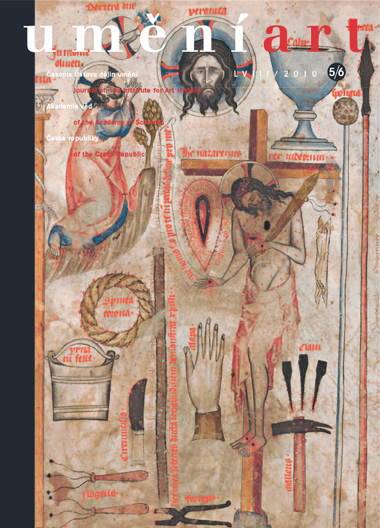Karolína Fabelová
Julius Meier-Graefe und seine Mitarbeit mit dem Verein Mánes und der Zeitschrift Volné směry
In 1902, the Mánes Association and Gabriel Mourey together organised an exhibition of French modern art, but it left a confusing impression. In early 1903, Viennese Secessionists launched a rival exhibition, 'Entwicklung des Impressionismus in Malerei und Plastik', conceived by the German critic Julius Meier-Graefe (1867-1935). The exhibition was regarded as the best showcase of Impressionism in Europe to that time. Although the Czechs only came to grasp its significance some time later, it was from this exhibition that they discovered the ideas of Meier-Graefe. In 1905 Karel Svoboda published a review of Meier-Graefe's book Entwicklungsgeschichte der modernen Kunst in Volné směry (Free Directions), which led Miloš Jiránek and F. X. Šalda to revise their opinions on the development of modern art. Meier-Graefe's influence became apparent in 1907, when the Mánes Association and Camille Mauclair together organised an exhibition of French Impressionists. In 1905, F. X. Šalda published a review in Volné směry of Meier-Graefe's book Der Fall Böcklin und die Lehre von den Einheiten, in which he attacked the cult of Arnold Böcklin, who was named the German national artist. Meier-Graefe's book generated a sharp debate over the subject of national art in the Czech lands. In 1906, Meier-Graefe began publishing articles in Volné směry and was the first foreign critic in the Czech art scene to note the significance of the works of Paul Cézanne. In 1909 Meier-Graefe visited Prague and was among the artists and critics Mánes turned to in its poll asking whether the statues on Charles Bridge that had been destroyed by flooding should be replaced with copies or new originals. Meier-Graefe expressed the view that the bridge should be left without statues. He was by then beginning to move away from the most modern streams of art. This shift in orientation became fully apparent after 1913, when he published the book Wohin treiben wir?
Full-text in the Digital Library of the Czech Academy of Sciences:
https://kramerius.lib.cas.cz/uuid/uuid:5d192c14-8cf4-3509-0de0-5e3ef75219c0
< back

